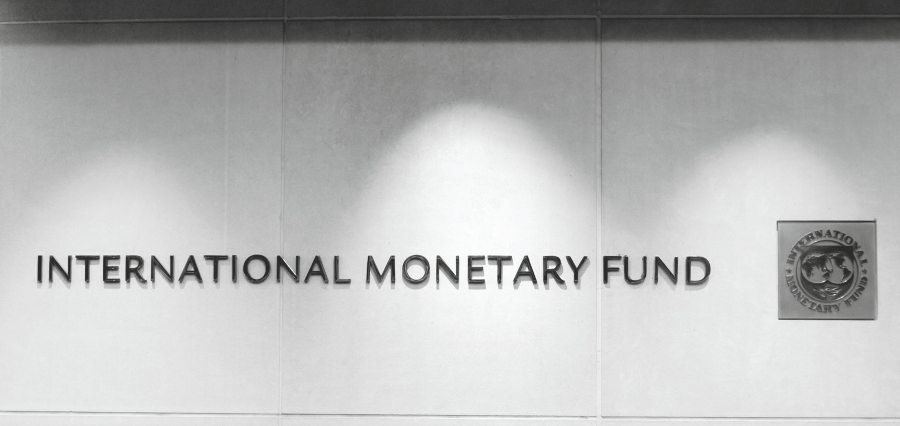Prime Highlights:
- The IMF has raised Saudi Arabia’s economic growth forecast to 4% for both 2025 and 2026, up from earlier estimates.
- The Gulf region, led by Saudi Arabia, is expected to be a key driver of economic growth in the Middle East over the next two years.
Key Facts:
- Saudi Arabia’s inflation is projected to remain steady at 2.1% in 2025 and 2% in 2026.
- Other regional growth forecasts: UAE 4.8–5%, Qatar 2.9–6.1%, Kuwait 2.6%, Oman and Bahrain 2.9%.
Key Background:
The International Monetary Fund (IMF) has raised Saudi Arabia’s economic growth forecast to 4 percent for both 2025 and 2026. This is higher than its previous estimate of 3.6 percent for 2025 and 3.9 percent for 2026.
According to the IMF’s October World Economic Outlook, the Kingdom’s economy is strong, supported by domestic demand and efforts to diversify. The new forecast is similar to other international estimates. Earlier this month, the World Bank projected 3.2 percent growth for Saudi Arabia in 2025, rising to 4.3 percent in 2026 and 4.4 percent in 2027. The OECD also increased its 2026 estimate to 3.9 percent, up from 2.5 percent.
The IMF expects inflation in Saudi Arabia to stay low, at 2.1 percent in 2025 and 2 percent in 2026.
The UAE is forecast to grow 4.8 percent in 2025 and 5 percent in 2026, while Qatar’s economy is expected to grow 2.9 percent this year and 6.1 percent next year. Kuwait is set to recover with 2.6 percent growth in 2025, and Oman and Bahrain are both expected to grow 2.9 percent.
On a global scale, the IMF expects overall world growth of 3.2 percent in 2025 and 3.1 percent in 2026. The fund attributes the stronger outlook to private sector agility, supply chain realignments, new trade agreements, and generally open global trading conditions.
The US is expected to grow 2–2.1% and the UK 1.3% in 2025–2026. Emerging markets are strong, with India at 6.6% and China at 4.8% growth.
The IMF report highlights Saudi Arabia’s strong economy and the Gulf region’s important role in driving growth in the Middle East over the next two years.
Read Also : Aramco Strengthens Downstream Growth with Increased Stake in Petro Rabigh




